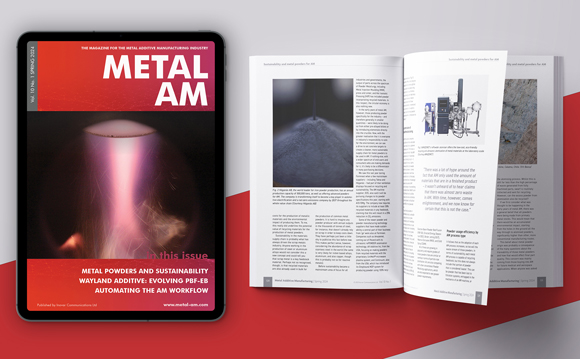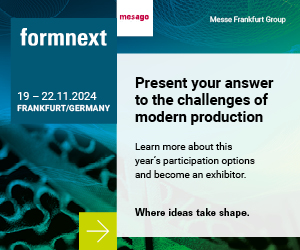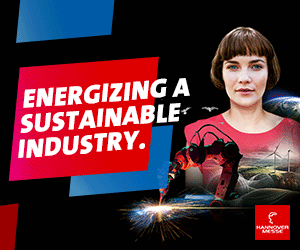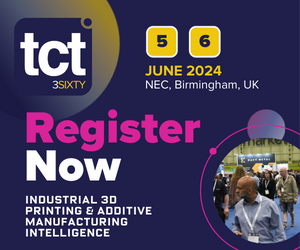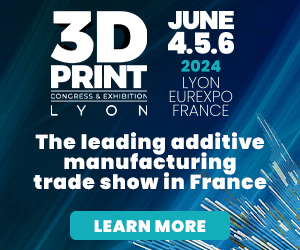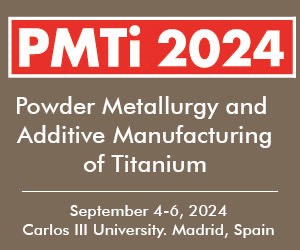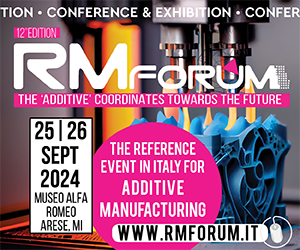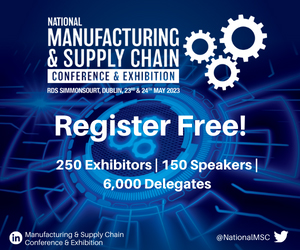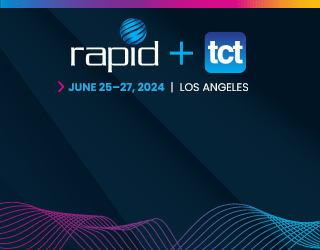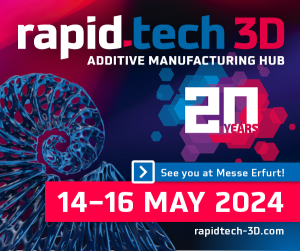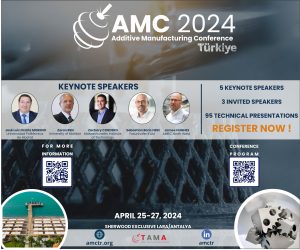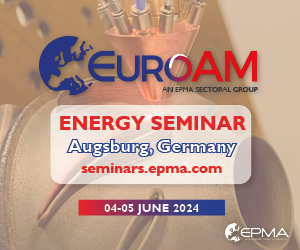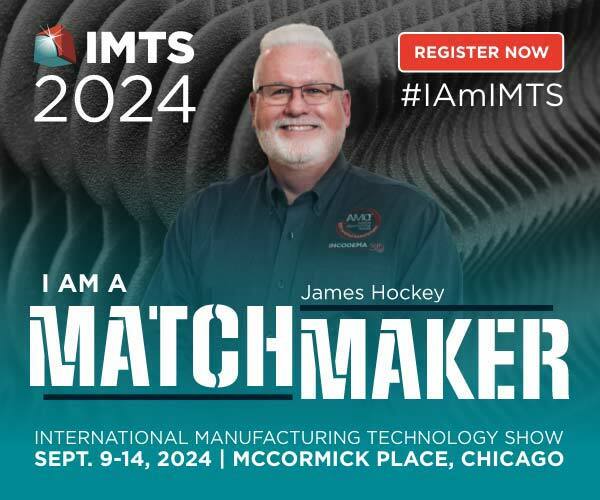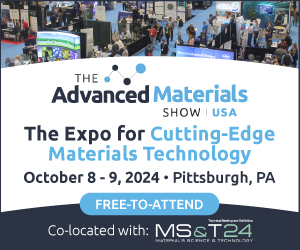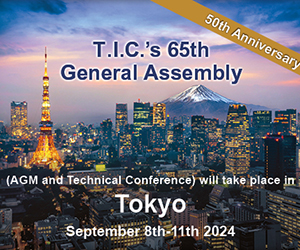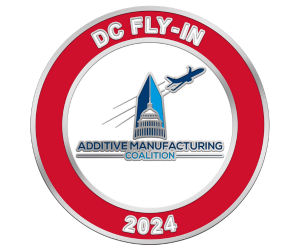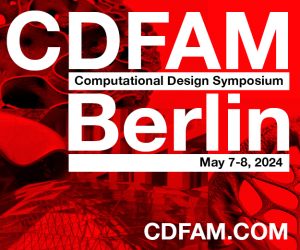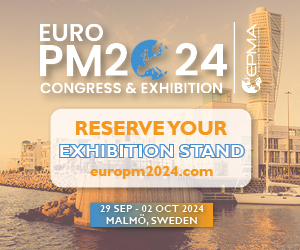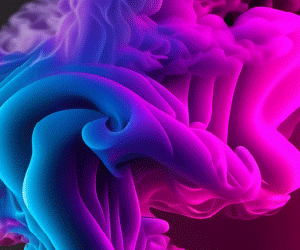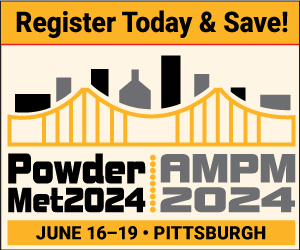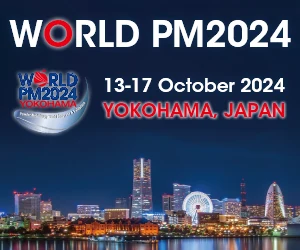
While the 3D Printing industry has strongly focused on the first two steps of 3D Printing: Design and 3D Print, the third step, Post-processing, has been overlooked. Post-processing encompasses all of the actions that are performed after parts are removed from a 3D printer. There are two categories of post-processing:
Primary
This includes the mandatory steps that must be performed on all parts to make them suitable for use in any application. The steps vary by technology but generally include cleaning and support structure removal.
Secondary
This includes actions to improve the aesthetics or function of the part. Most commonly, secondary post process includes sanding, filling, priming and painting. However, it can also include machining or plating, for example.
Post-processing operations may be manual, semi-automated or automated, and they can be either serial or batch processes.
There is no one technology that suits all 3D printing post processing applications, since the type of 3D printer, the 3D printing technology, the applied material type and the Level of labor (manual, semi-automated or automated have) have serious impact.
The post-processing phase has impact on the following parameters within and for an organisation:
- Time
- Facilities
- Cost
- Quality
- Staffing
- Safety
This conference will cover issues, solutions and future trends. For an overview of the half a day conference program, click here. The 3D Printing Post-Processing Conference (09:00 hrs – 12:30 hrs) takes place at the same location and same date as the AM Integrated Factory Conference (13:30 hrs – 17:00 hrs), you can register for one or both of these two half-day conferences.



